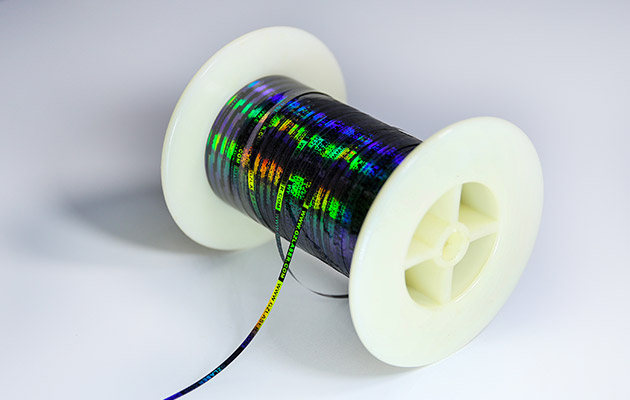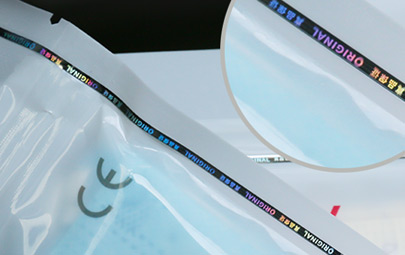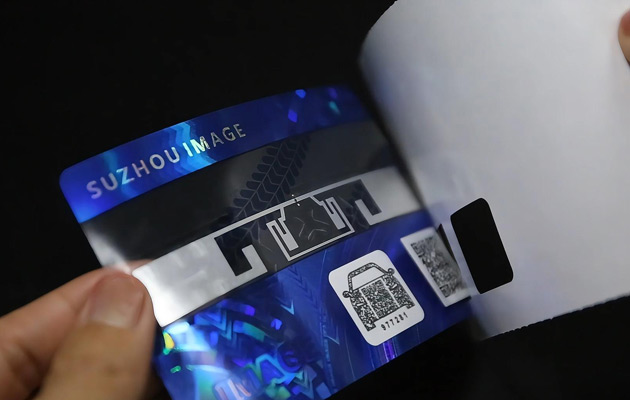When you tap a transport card, use an ATM, or check your insurance balance, you’re holding more than just plastic. Each card is a finely engineered product, created through a precise lamination process that fuses multiple layers into one durable structure.
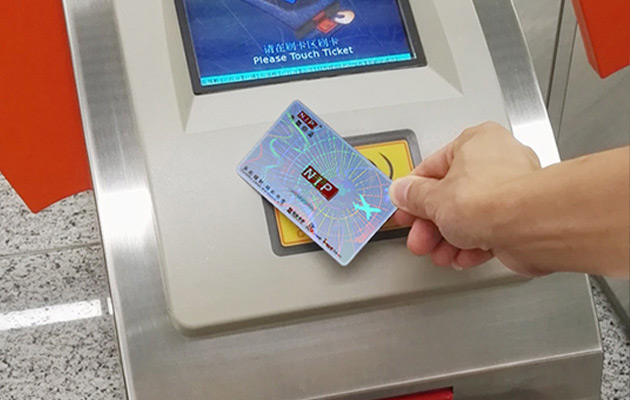
Although it looks simple, its internal design defines its strength, functionality, and security.
Structure and Manufacturing of Embedded Lamination Cards
Embedded laminated cards are produced through a high-precision hot-pressing process that bonds multiple layers into one solid card body.
The manufacturing steps include substrate preparation, chip or magnetic stripe embedding, printing, personalization, optical film alignment, and high-temperature lamination.
By controlling temperature, pressure, and alignment, manufacturers ensure that each layer bonds firmly, which enhances durability and data stability.
Optical Embedded Lamination Overlay: From Visual Effect to Security Function
Embedded lamination overlays rely on advanced micro-nano optical structures. Each overlay is engineered to stabilize fine optical patterns on its surface. Once embedded with precise alignment, the card gains unique visual effects such as color-shifting or 3D dynamics.
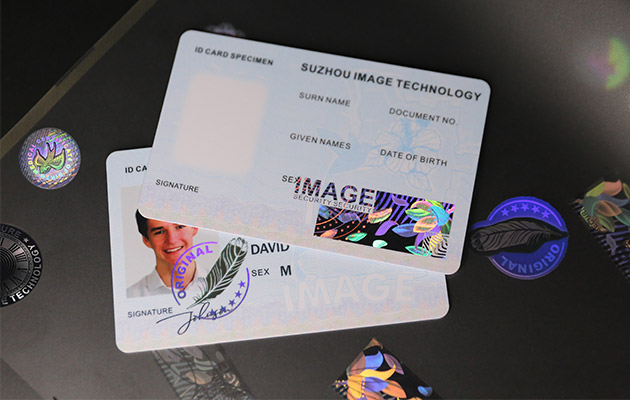
At the same time, these structures deliver strong anti-counterfeiting protection. Because they are nearly impossible to duplicate, they resist wear and tampering, serving as both visual and machine-readable security identifiers.
Applicable Materials and Application Scenarios
Embedded lamination overlays are compatible with popular materials such as PVC and PC, making them ideal for large-scale, high-speed production.
Therefore, they are widely used in financial cards, ID cards, social security cards, transport cards, campus cards, and multifunctional smart cards.
Depending on project needs, manufacturers can customize optical patterns and lamination parameters to achieve the desired level of security and lifespan.
Protecting Personal Data and System Security
By combining embedded lamination with optical security, every card becomes a compact personal information unit.
This structure protects sensitive chip and magnetic data from tampering and improves authentication accuracy for both physical and online verification.
In public service and identity management, such cards also streamline verification processes and reduce the risk of counterfeiting.
Research, Development, and Industrial Value
High-quality optical lamination relies on ongoing innovation in materials, micro-nano processing, and heat-bonding technology.

As a leading optical security manufacturer, Suzhou Image Technology integrates advanced optical design with mature lamination expertise to create secure and customizable solutions.
Our factory’s complete production system and ISO-certified quality management ensure precision, consistency, and reliability for government, financial, and institutional ID projects.
Looking Ahead: The Fusion of Optical Security and Digital Verification
As digitalization and AI continue to evolve, embedded lamination overlays will play an even greater role in secure authentication. By integrating optical imaging with AI recognition and digital certificates, new hybrid verification systems are emerging.
No matter how technology changes, optical lamination films will keep protecting modern life through secure, visible, and tamper-proof identity cards.

